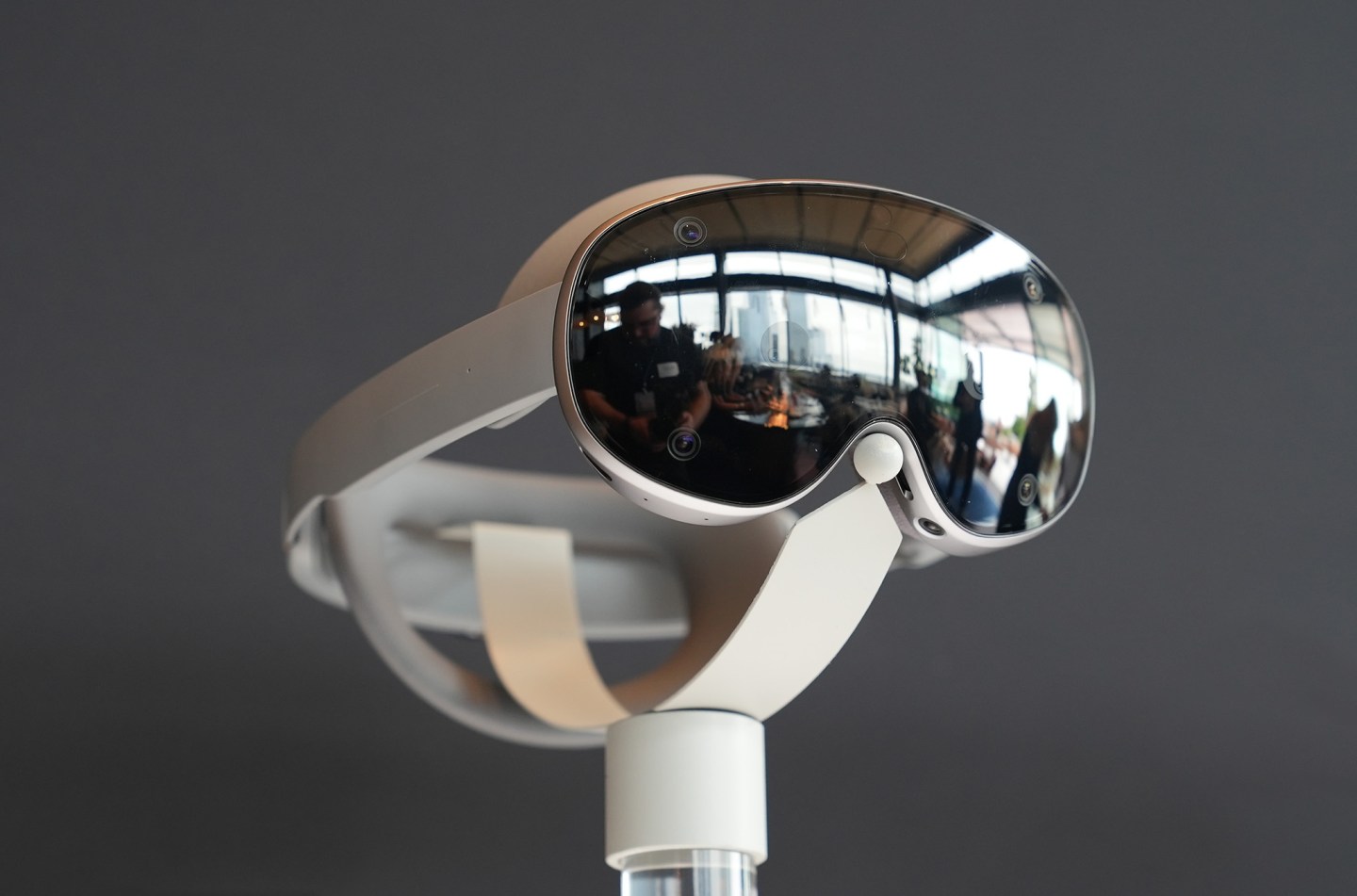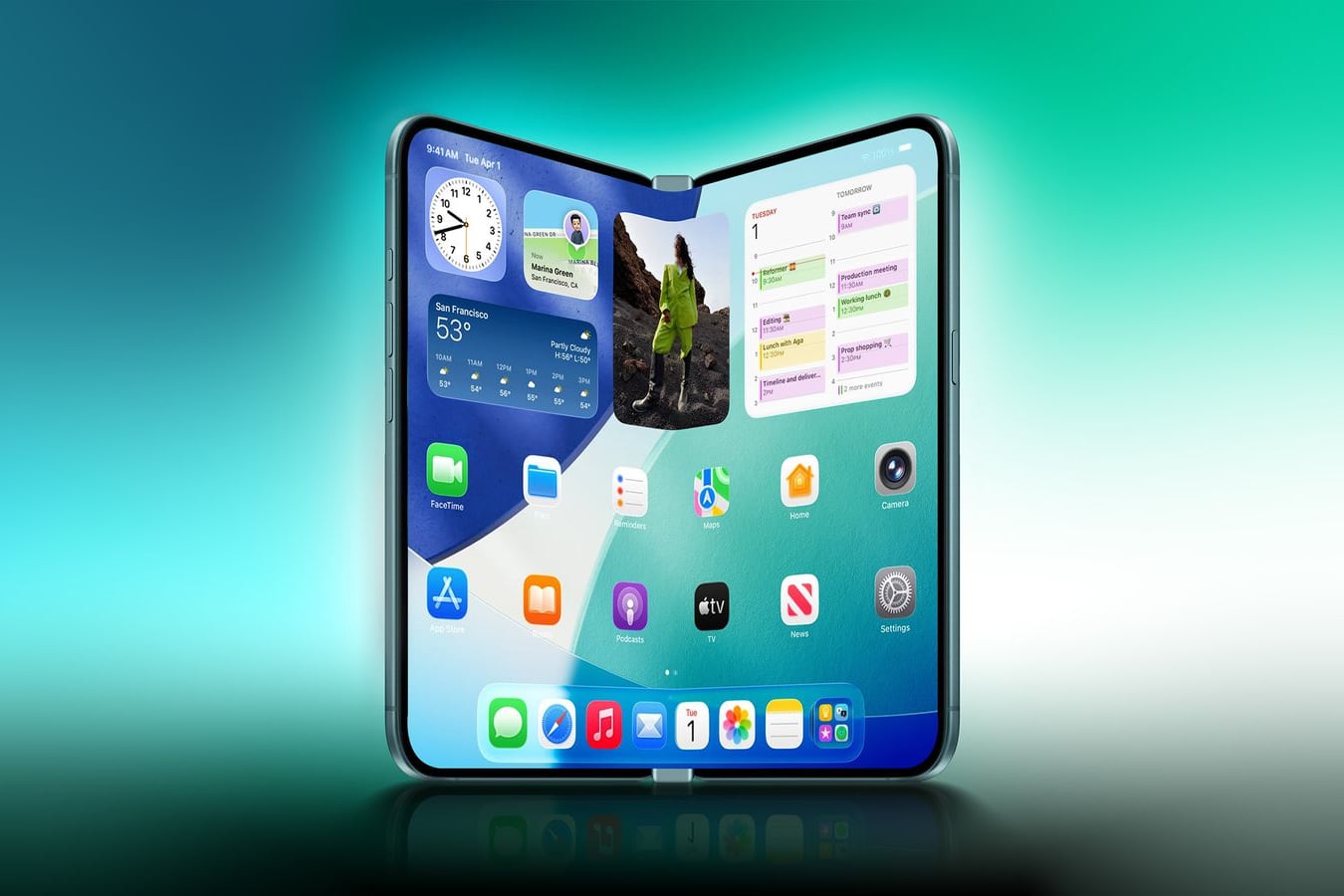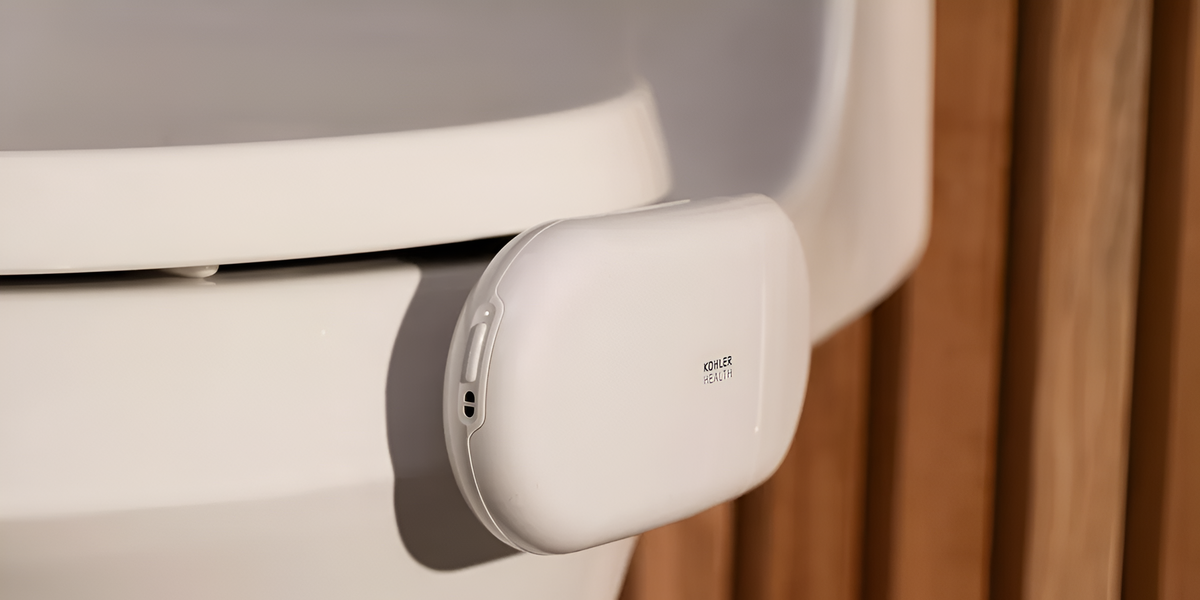Operating on the heart is not easy. We don’t have to come and say it. Surgeons, logically, should rehearse before working with human hearts, but for this they need the most similar structures. Traditionally we have worked with animal organs. However, they are expensive to obtain, and, as usual, there are many ethical dilemmas Around him. For this reason, in recent years, synthetic organs obtained in the laboratory from human cells have begun to be produced. However, it was only a matter of time before new technologies emerged that would give these practical models additional impetus. The first device of this type was robotic heart which works exactly the same as the human one.
It was developed by a group of scientists from Massachusetts Institute of Technology (MIT) and they are so pleased with the results that they hope that it will be approved for commercialization very soon. Actually it’s biorobotic heartbecause it uses as a basis pork heartto which is added robotic technology that makes it pump blood just like a human heart.
It is logical that this robotic heart will not solve the problem of using animal organs. However, this was done only for the first tests. If commercialized, these scientists explain that as a basis 3D printed organ from human cellswithout having to resort to any animal.
What is this robotic heart for?
It is important to note that, at least for now, this robotic heart is not suitable for human transplantation. But that doesn’t mean it’s useless. In fact, this is very necessary.
Organ models are used for many purposes, but three are the most common. On the one side, help patients understand his illness. It is important that they have a clear understanding of what is happening to them and the possible methods that can be applied to them, and for this, an artificial organ that works exactly like theirs is the best option.
They can also be used to check Effects of various techniques and procedures. But, above all, for train surgeons and students. It is very important. When they are in front of the patient’s human organ, they have practiced many times before with an organ that is as similar as possible to it. And that’s exactly what this robotic organ achieves.
It presents two main advantages in relation to the animal organ. On the one hand, thanks to technology. Pump blood just like the human heart. And, on the other hand, this blood transparent. It may seem silly, but when operating on a patient, surgeons must be very aware of how to move, as dark blood often clouds their movements. As a result, it is very useful to start training with clean blood. Of course, the dark blood can be added later so they are prepared for what they will face, but that would be the second step.
Steps to achieve this goal
To get this robotic heart, MIT scientists took the heart of a pig and Fat muscle removed surrounding the left ventricle. They did this because the tests that will be done later involve surgery in that particular area of the heart, so a robotic mechanism had to be included there. However, this could be done with any other part of the organ.
After this muscle was removed it was replaced silicone robotic pump. This material imitates human muscles and it is also attached to the mechanism that pumps blood as usual. It inflates, squeezing the silicone muscle, and then expands, pushing out blood just as it does in a human chest.
This robotic heart was used by a team of surgeons to test four surgical techniques aimed at treating a condition called mitral regurgitation. In it, the mitral valve, which separates the atrium from the left ventricle, does not close properly, causing blood to flow in the wrong direction, causing symptoms that can be very serious if left untreated.
The operation is complex and therefore necessary. good workout surgeons who perform it. Those who participated in this study tried the four methods and were able to master them without any problems. The robotic heart was quite comparable to a human one.
That’s why they hope it will be commercialized soon. This will avoid many ethical dilemmas and, indirectly, help save lives. What better reasons could there be than these?
Source: Hiper Textual













